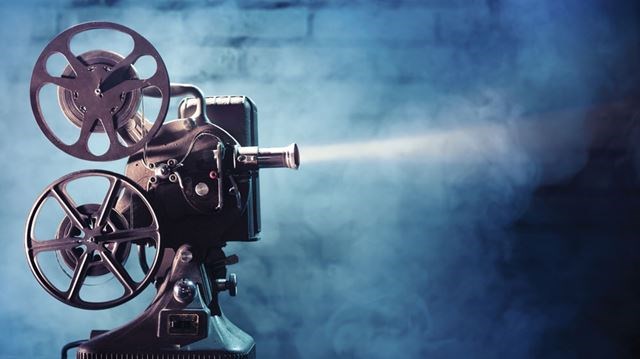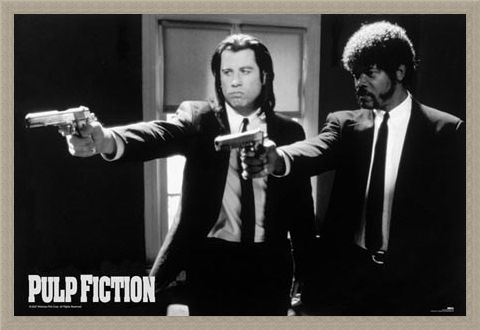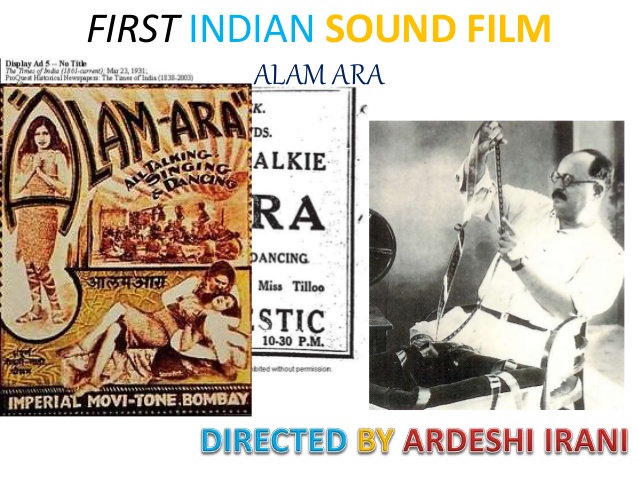How cinema changed after the 1980s?
Cinema has evolved a lot in the recent past and trust me we have taken cinema to the next level. From monochrome to 3-D movies and from animated movies to digital surround films, the cinematography surely has achieved great heights. Today, we have endless genre of movies that can entertain us in our leisure time and the cinema industry is booming. There are many phases about the change in genre and the content the users see nowadays. Let's learn how cinema changed with time.

Do you have similar website/ Product?
Show in this page just for only
$2 (for a month)

0/60
0/180
How cinema changed after the 1980s? 


Cinema has evolved a lot in the recent past and trust me we have taken cinema to the next level. From monochrome to 3-D movies and from animated movies to digital surround films, the cinematography surely has achieved great heights. Today, we have endless genre of movies that can entertain us in our leisure time and the cinema industry is booming. There are many phases about the change in genre and the content the users see nowadays. Let's learn how cinema changed with time.

The cinema entered into the 1980s in postmodernism. Milestones of this postmodern cinema would be films like Blade Runner (1982) and Pulp Fiction (1994). If you consider "postmodern cinema" as a new category of cinema or not, the fact is that the experience of watching a film at the end of the 20th century and the beginning of the 21st century was radically different from that of previous generations.
The Characteristics
The old special effects based on models and overprints were developed by computers. The first film with digital effects was Tron (1982).In 1995 the company Pixar was able to make the first full-length film made by computer (Toy Story), and in 2004, the movie Sky Captain and the world of tomorrow was completely virtual.
Internet was also a major challenge for large studios, because the brutal growth of storage capacity in hard drives and laptops (CD-ROM and DVD among others) led to the virtual reproduction of a virtually unlimited full film, without significant loss of quality.

Internet has also served for the dissemination of classic cinema. A collection of public domain films can be found in the Internet Archive, a complete database for the preservation of the history of cinema.
The digital cinema
The first public digital cinema screening in was held in Paris, Europe (2000). On February 2, 2000, in Paris, Philippe Binant made the first public screening of digital cinema in Europe, based on the application of a MEMS (DLP CINEMA) developed by Texas Instruments.6

How cinema started in India?
As early as in 1913 a studio had been founded, the main figure behind the setup was Dadasaheb Phalke. Dadasaheb Phalke who produced some thirty films in ten years became the father of Indian cinema. However, in 1931 Alam Ara was released which became the first sound film from India, creating one of the most characteristic traditions of Bollywood: the weight of musical numbers within the films.
CONTINUE READING
Cinema
Postmodern Cinema
How cinema evolved with time
Evolution of Cinema
Pulp Fiction
Blade Runner
Digital Cinema
Bollywood
Dadasaheb Phalke
Internet
News
International
Entertainment
Technology
Sandeep Semwal
Content Writer
